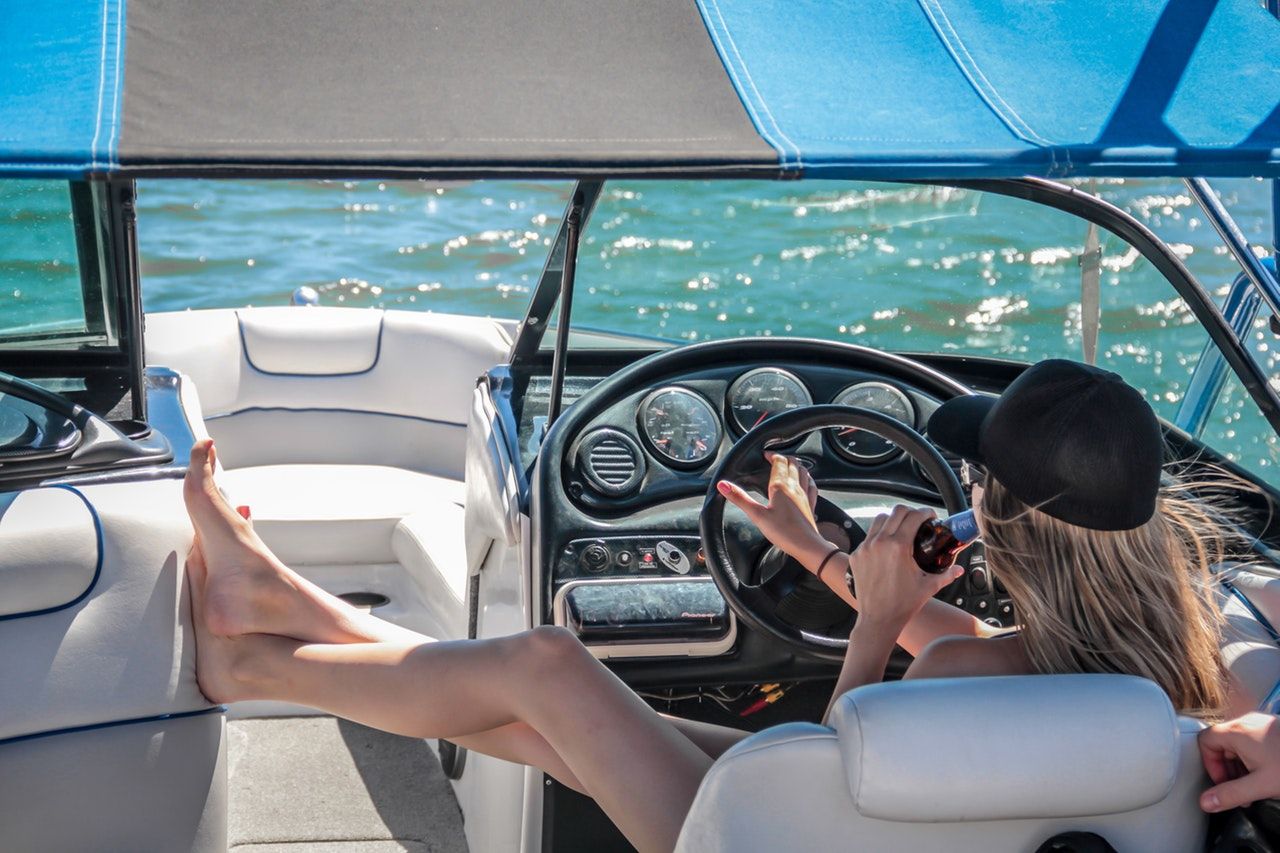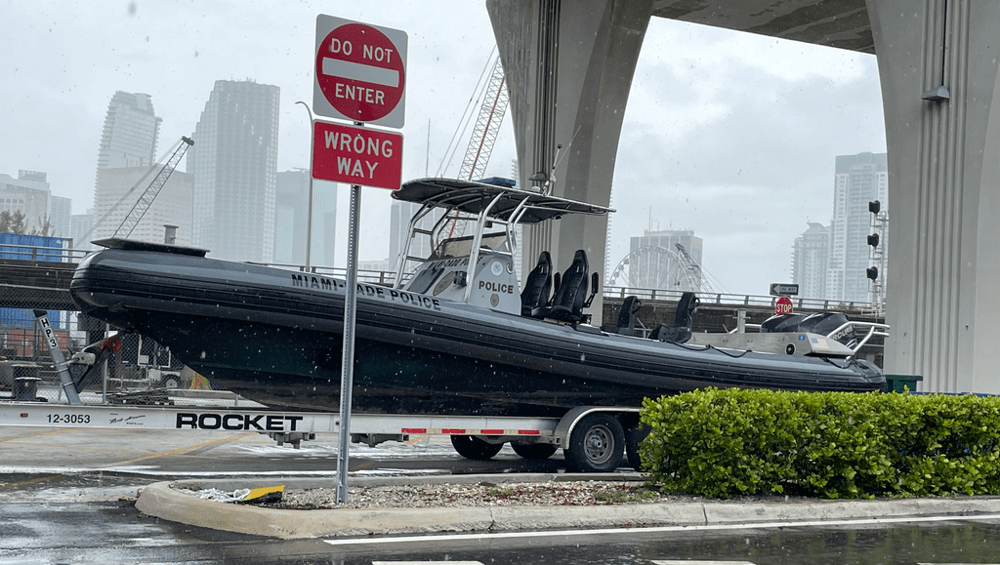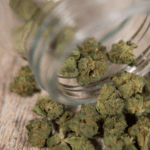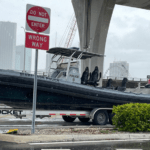Long before South Florida became known for nightlife, tourism, and luxury boating culture, its waterways played a major role in the early days of marijuana trafficking into the United States. The story began in the late 1960s and accelerated rapidly through the 1970s, shaped by geography, politics, and a maritime landscape that made the region uniquely vulnerable to smuggling. Understanding how it all started requires a look at the social climate of the era, the strategic location of Florida’s coastline, and the rise of informal seafaring networks that gradually evolved into sophisticated criminal operations.
Geography Set the Stage
South Florida’s long, jagged coastline and proximity to the Caribbean made it a natural corridor for maritime traffic. Miami sits just 55 nautical miles from the Bahamas, and that short stretch of water became one of the most heavily trafficked smuggling routes during the early marijuana era. Small craft could make the crossing under cover of darkness in only a few hours, and in those days radar systems, coordinated law-enforcement patrols, and coastal surveillance technologies were far less advanced.
The Florida Keys made the situation even more favorable. With more than 1,700 islands, shallow flats, hidden coves, and remote backchannels, the chain offered ideal staging zones for smugglers moving cannabis from the Caribbean into the U.S. mainland. Fishermen, lobster divers, and charter captains already knew these waters intimately, and many early traffickers emerged from these local maritime communities.
The Caribbean Connection
As marijuana cultivation expanded in Jamaica, Colombia, and other Caribbean regions, demand in the United States rose sharply. By the late 1960s, American travelers returning from the Caribbean brought back stories of potent strains that were difficult to access at home. Word spread quickly among black-market distributors that the Caribbean had become a reliable source of inexpensive, high-THC cannabis.
Small-scale “mom and pop” smuggling ventures began forming first—often little more than local boaters who took cash payments to bring back a few hundred pounds at a time. The early operations were far from the violent criminal networks that would emerge later; many were simply opportunistic mariners supplementing their income in an era when fishing and tourism were inconsistent.
The 1970s Boom
By the early 1970s, smuggling routes became more organized. Boats capable of carrying several tons of marijuana made regular runs from Jamaica and Colombia to Bimini, Andros, or remote Keys islands. From there, loads were broken down into smaller shipments and moved north toward Miami, Fort Lauderdale, and Palm Beach.
The era became known as the “Square Grouper” age—a tongue-in-cheek reference to bales of marijuana commonly found floating offshore after traffickers dumped cargo to avoid arrest. South Florida newspapers began reporting increasingly large seizures, some involving shrimp trawlers, cigarette boats, and converted lobster vessels.
Law Enforcement Reaction
Federal agencies initially struggled to keep up. The Coast Guard was not yet equipped for sustained high-speed maritime pursuit, and communication among federal, state, and local forces was fragmented. As trafficking escalated, the government expanded radar coverage, increased patrols, and eventually created the South Florida Task Force in the early 1980s, signaling the end of the era when smugglers could rely on the region’s open waterways with minimal interference.
A Lasting Legacy
Though today’s South Florida is far removed from its early smuggling past, the history remains a defining chapter in the region’s maritime identity. It shaped Coast Guard strategy, inspired countless books and documentaries, and left a cultural imprint on waterfront communities. The era stands as a reminder of how geography, opportunity, and demand converged to create one of the most storied periods of maritime smuggling in U.S. history.







